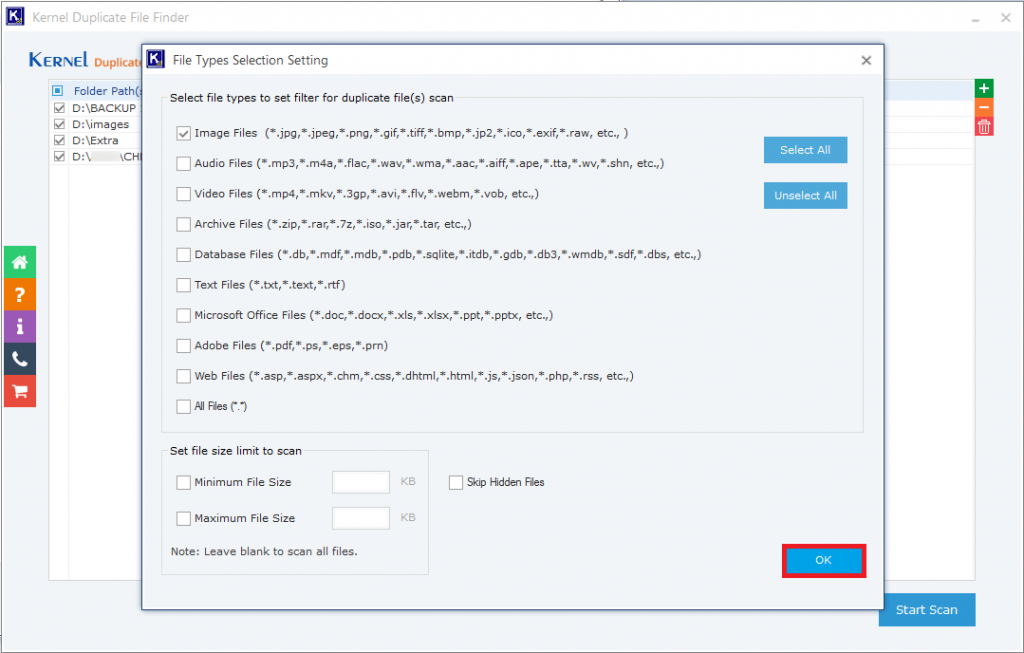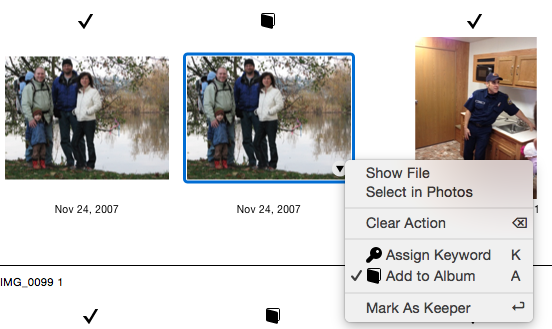

- #POWERPHOTOS FIND DUPLICATES PROFESSIONAL#
- #POWERPHOTOS FIND DUPLICATES FREE#
- #POWERPHOTOS FIND DUPLICATES MAC#
Now that we have discussed PowerPhotos briefly, it’s time we dive a little deeper and explore its cool features. Plus, with its direct integration with cloud storage services like Google Drive and Dropbox, you can easily back up your photos online. It makes it very simple and seamless whether you want to sort by date or keyword.Īnd with its highly customizable interface, you can create the ideal organizational system for even the most complex photo collections. With an intuitive user interface and top-of-the-line functionality, PowerPhotos makes it easy to manage your photo collection and keep all of your images organized and easily accessible.
#POWERPHOTOS FIND DUPLICATES PROFESSIONAL#
Whether you’re a casual snapper or a professional photographer, this is the app you’ve been waiting for.
#POWERPHOTOS FIND DUPLICATES MAC#
Mac users are lucky in this regard since they have access to PowerPhotos, which is hands down the best app for photo management. With so many photos being taken and shared on a daily basis, it is crucial to have a reliable and effective way to organize and store our digital images. If you prefer Photos method of combining photos then try running it first, then PowerPhotos, or if you need PowerPhotos greater control, you can run it first instead.Photo management is one of the most important tasks these days.
#POWERPHOTOS FIND DUPLICATES FREE#
Feel free to use both of them on your library to get rid of all the duplicates both of them can find. Which of the two will find more duplicates depends on the individual library - sometimes Photos will find more, and sometimes PowerPhotos will find more. In addition to simply deleting the extra duplicates, PowerPhotos will let you collect the extra duplicates into an album instead if you’d like to review them further before deleting them. PowerPhotos doesn’t merge photos info like Photos does, but instead gives you control over choosing which photo to keep from each group of duplicates that it finds, either using its built-in rule system for automatically choosing keepers based on a number of criteria, or by manually selecting keepers yourself. PowerPhotos does a similar visual duplicate search to Photos, but offers additional options that let you control whether other aspects of the photos need to match too, including things like filenames, dates, and photo size. With PowerPhotos, you perform an explicit duplicate search, and can specify one or more libraries to search through. The exact way this works isn’t documented by Apple and doesn’t offer much control, but does a good job of trying to retain as much information as it can. You can browse through the duplicates that it’s found and choose to merge one or more duplicate pairs together, which will take various data from both copies of the photos such as metadata and editing information and combine them into a single photo in the database. It doesn’t give any progress information or let you control how or when it searches though, and Photos’ duplicate detection only operates on a single library at a time.


Photos system works automatically in the background, and will display a “Duplicates” album containing what it has found when it’s finished searching. The two function pretty similarly overall, but Photos’ system works differently from PowerPhotos in a number of ways, both with their advantages. Starting in iOS 16 and macOS Ventura, Apple added a feature to their Photos app that can detect and eliminate duplicate photos.


 0 kommentar(er)
0 kommentar(er)
